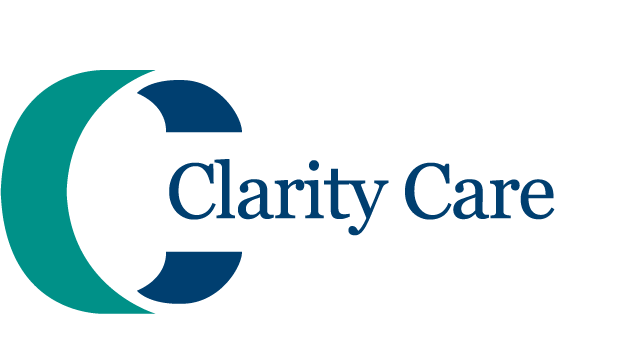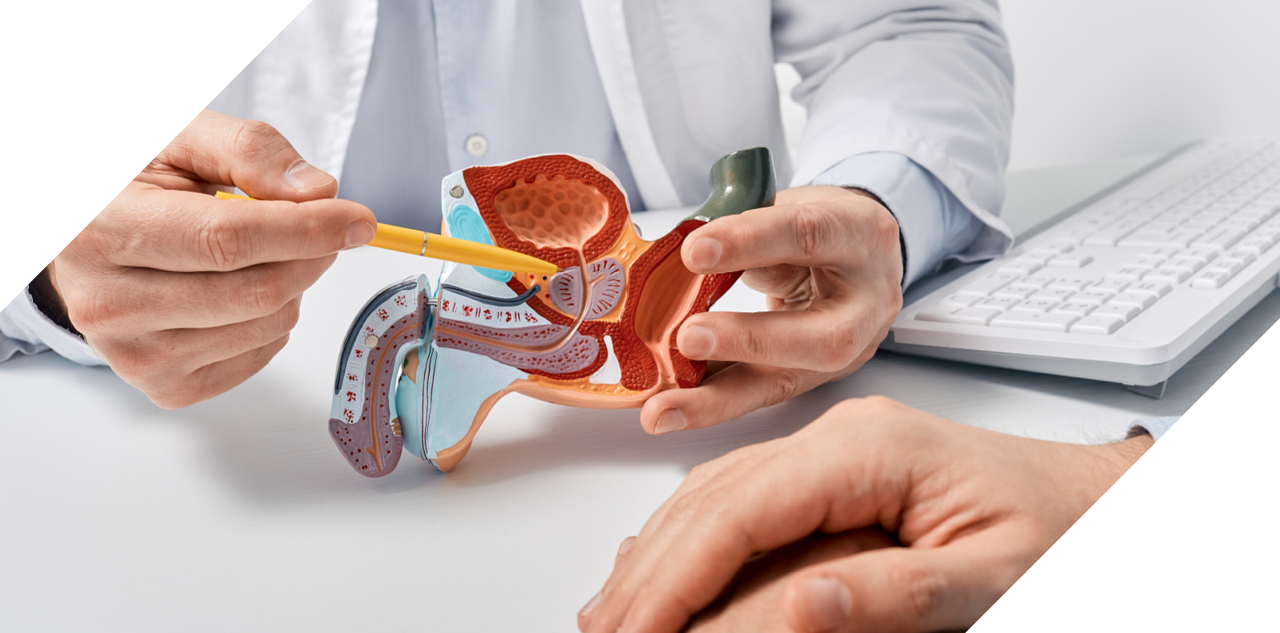What is enlarged prostate?
An enlarged prostate, also known as benign prostatic hyperplasia (BPH) is a common condition among men, particularly as they age. The prevalence of BPH increases with age and it is estimated that over 50 percent of men in their sixties and up to 90 percent of men in their seventies and eighties will have some degree of prostate enlargement.

Symptoms of Enlarged Prostate
Symptoms of an enlarged prostate may include frequent urination, urinary retention (the inability to completely empty the bladder), and urinary tract infections. Many of these symptoms can also be associated with other conditions, including urinary tract infections, prostate cancer, or bladder dysfunction. For this reason, it is crucial to consult with a healthcare provider for an accurate diagnosis.

Prostate Artery Embolization: Step by Step
Benefits of Prostate Artery Embolization
Compared to traditional surgical options, prostate artery embolization (PAE) is less invasive, has a lower risk of complications, requires shorter hospital stays, and offers a quicker recovery time. The choice of procedure for an enlarged prostate depends on several factors, however, including the severity of symptoms, prostate size, patient age, overall health, and patient preferences.

What to Expect After Prostate Artery Embolization
After a prostate artery embolization (PAE), you will be monitored for a few hours to ensure that there are no complications, and then you can return home. Following PAE, you will have follow-up appointments with your healthcare provider to assess the effectiveness of the procedure and to monitor any changes in symptoms.
Questions? We have answers.
- Age. BPH is more common in men as they age, specifically past age 60.
- Family History. A family history of BPH or prostate problems increased the risk of developing BPH. If a close family member, such as a brother or father suffers from BPH, the risk is greater.
- Hormonal Changes. Hormonal imbalances, especially those related to testosterone and estrogen, may play a role in the development of BPH.
- Obesity. Excess weight and body fat may alter hormone levels and contribute to BPH.
- Ethnicity. BPH is more common in certain ethnic groups, such as Black men, who may experience BPH at an earlier age, and experience more severe symptoms.
- Lifestyle Factors. Certain lifestyle factors may increase the risk of BPH, including a sedentary lifestyle, lack of physical activity, poor diet, excessive alcohol consumption, and smoking.
Alternative 1 >> No Procedure. If the symptoms of benign prostatic hyperplasia (BPH) are mild and not significantly affecting quality of life, a "watchful waiting" approach may be recommended. This involves regular monitoring of symptoms and prostate size without active procedure.
Alternative 2 >> Medications. There are several medications available to treat BPH, which can relax the prostate and improve urine flow.
Alternative 3 >> Minimally Invasive Procedures.There are multiple transurethral procedures for BPH, including microwave thermography, needle ablation, and laser therapy.
Alternative 4 >> Surgery. In severe cases of BPH, surgical intervention may be necessary, such as transurethral resection, in which excess prostate tissue is removed, enucleation of the prostate and open prostatectomy.
The choice of procedure depends on various factors and should be discussed with your healthcare provider, who can provide guidance based on individual circumstances and preferences.
Clarity Care Imaging & Specialty Care is at 9040 Quivira Road in Lenexa, Kansas. Our center is conveniently located just north of Oak Park Mall with easy access from much of the Kansas City area including Overland Park, Olathe, Shawnee, Merriam, Mission, Leawood and Prairie Village.
Schedule an appointment?
LET'S GET STARTED
Care that covers Kansas City communities in Kansas & Missouri.
The Clarity Care Imaging & Specialty Care office is conveniently located at 9040 Quivira Road in Lenexa, Kansas. Our center is just north of Oak Park Mall with easy access from much of the Kansas City area including Overland Park, Olathe, Shawnee, Merriam, Mission, Leawood and Prairie Village.




